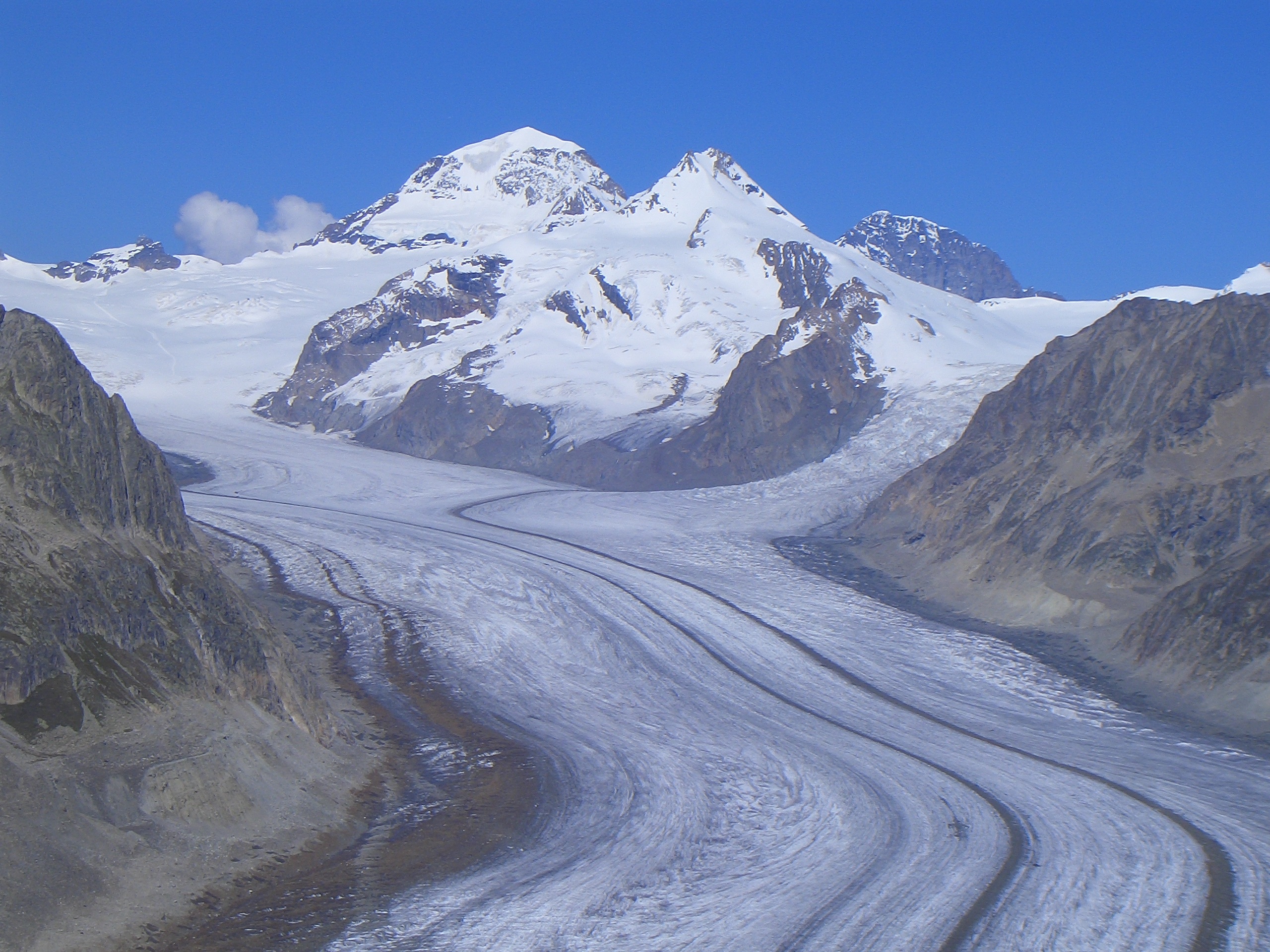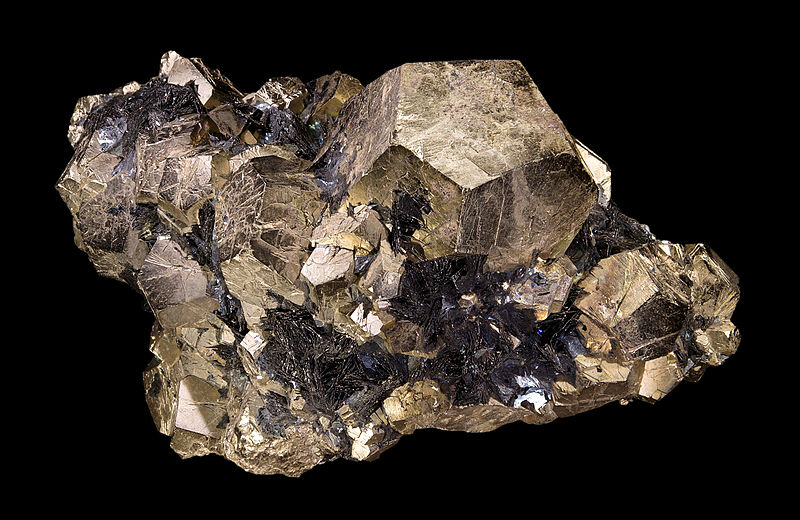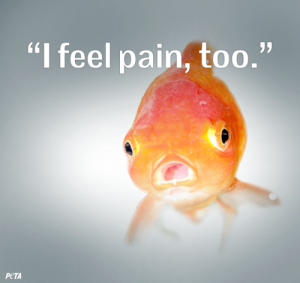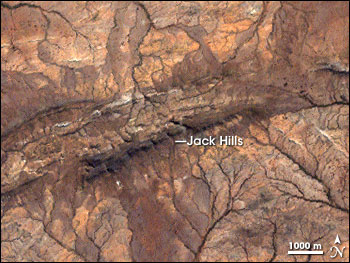Wine is a very common alcoholic beverage nowadays. Whether you are with friends for a night out or enjoying a quiet evening alone, wine offers a temporary relaxed state of mind. Although too much wine intake could pose negative health effects, moderate consumption is proven to be beneficial. Moderate consumption is considered to be 2 drinks for men and 1 drink for women, daily.
How exactly is wine consumption beneficial?
Wine contains resveratrol, which is an antioxidant. Antioxidants are substances that inhibit the process of oxidation. Immense research has been conducted in order to determine the health benefits of resveratrol.
An extremely important health benefit of resveratrol is its anti-inflammatory property. Despite inflammation being a defence-mechanism against bacteria and viruses, long-term swelling of this type in the body could have negative health effects and lead to diseases. Therefore, the anti-inflammatory characteristic of resveratrol in wine is advantageous, especially for those with chronic inflammation.
Resveratrol also contributes in promoting mitochondrial efficiency. Mitochondria are the source of energy required for metabolic processes in the human body. Due to its anti-inflammatory properties, resveratrol reduces the stress on mitochondria, allowing mitochondria to allocate energy for other processes.
Additionally, resveratrol helps to protect against heart disease and cancer. In particular, resveratrol helps to control LDL cholesterol (bad cholesterol), that may clog arteries and lead to heart attack/disease. Furthermore, several studies have suggested that resveratrol has anti-cancerous properties. Resveratrol aids in cancer protection by promoting apoptosis, which is programmed cell death, in cancerous cells. Studies have demonstrated that resveratrol blocks the pathway that causes breast cancer.
The following video lists additional benefits of resveratrol.
Video Credit: https://youtu.be/-AGNo3Xvxjw
Although many studies have tested to find the effects of resveratrol on the human body, I believe further research must be conducted in order to conclude that resveratrol is beneficial. Since studies have relied on animal models for their experiments, the dosage of resveratrol required for humans is unknown.
Despite wine containing resveratrol, I don’t think wine should be a go-to source of resveratrol. While moderate consumption can be healthy for humans, too much alcohol intake could be dangerous. Other sources of reservatrol are plants, nuts and fruits (especially grapes!).
Pavneet Virk



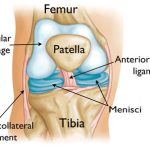


![By Mikael Häggström. When using this image in external works, it may be cited as follows: Häggström, Mikael. "Medical gallery of Mikael Häggström 2014". Wikiversity Journal of Medicine 1 (2). DOI:10.15347/wjm/2014.008. ISSN 20018762. (All used images are in public domain.) [CC0], via Wikimedia Commons](https://blogs.ubc.ca/communicatingscience2016w109/files/2016/10/Effects_of_sleep_deprivation.svg_-300x221.png)

